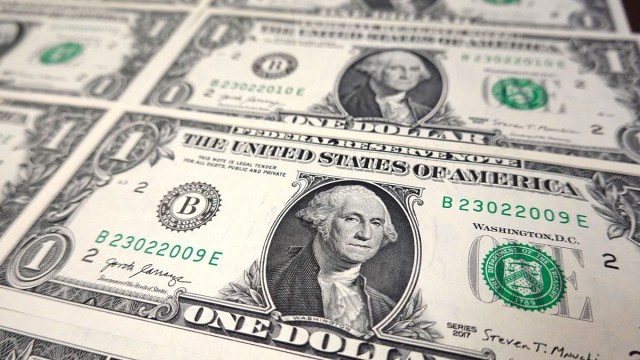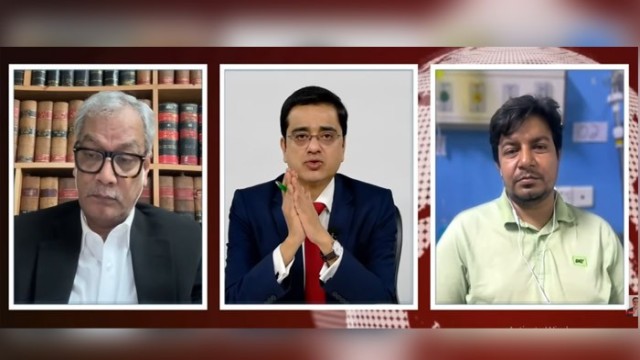Washington, July 02 (V7N) — The US dollar has recorded its steepest first-half decline since 1973, as global investors retreat from the greenback, shaken by President Donald Trump’s economic strategies that have undermined the dollar’s long-held safe haven status.
According to data from Al Jazeera, the dollar index — which tracks the dollar against six major currencies including the euro, yen, and pound sterling — has plummeted 10.8% during the first six months of 2025. This sharp decline comes amid mounting unease over Trump’s tariff war, criticism of the Federal Reserve, and proposals for massive tax cuts that could swell the US debt.
Key drivers behind the dollar’s slide
-
Tariff war: The Trump administration’s sweeping tariffs on global exports since April 2 triggered market chaos, wiping out nearly $5 trillion from the S&P 500 in just three days and denting confidence in the US economy.
-
Fed independence concerns: Trump's repeated attacks on the Federal Reserve have spooked investors, who fear for the central bank’s autonomy.
-
Debt worries: The proposed tax plan — dubbed Trump’s “big beautiful” tax bill — is expected to add trillions to US debt, making government bonds less attractive.
-
Expected rate cuts: The Federal Reserve is widely anticipated to cut interest rates 2-3 times this year, adding further downward pressure on the dollar.
Global ripple effects
-
Gold prices hit record highs as central banks boost reserves to hedge against a weakening dollar.
-
Developing nations like Pakistan, Zambia, and Ghana stand to benefit from easier debt servicing on dollar-denominated loans.
-
Commodity exporters such as Indonesia, Nigeria, and Chile are poised to gain from higher prices for oil, metals, and agricultural goods.
-
The euro has surged by 13% this year, with 1 euro now fetching $1.17, while investment has flowed into German and French bonds. European stock markets are up 15% in local currency terms, translating to a 23% gain in dollar terms.
Analyst outlook
“US assets are no longer as safe or attractive as they were,” said Carsten Junius, chief economist at Bank J. Safra Sarasin. “If investor confidence keeps eroding, the dollar could continue to slide through the end of 2025.”
While the US dollar remains the world’s dominant reserve currency, its aura of stability has dimmed under the current administration’s policies, raising questions about its future role in global finance.
END/RH/AJ































Comment: